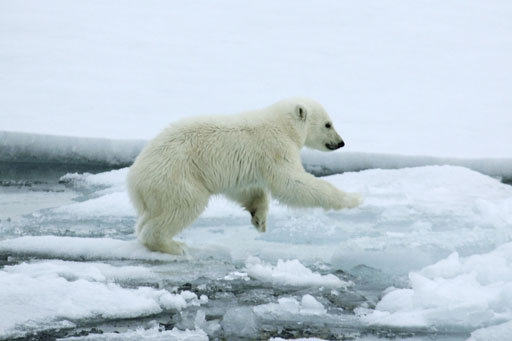NOW that the BBC programme ‘Polar Bear: Spy on the Ice’ has aired we all have a greater understanding of how these creatures withstand an icy plunge into water. But how does the human body react?
There haven’t been any studies into how a Polar Bear’s body copes when it enters icy water but the effects on the human body are much easier to research and the NYdailynews has published advice for swimmers ahead of the ‘Polar Bear Plunge’ which takes place off Coney Island, New York each year.
There’s hundreds of people around the world who are choosing to see the New Year in with a bracing swim in cold water and the NYdailynews sums up effect on our bodies most succinctly:
“Taking a ‘polar bear plunge’ is more than just a cold shock to the skin – it’s a shock to your entire system.”
The main thrust of the advice in the article is to “gradually enter the water” instead of plunging in but those looking for a few more tips should read Lewis Pugh’s advice on how to do a New Year’s swim without a wetsuit here. In 2007 Lewis made the first swim across the North Pole, in water at minus 1.7 degrees centigrade and has since made other cold water swims including one at Mount Everest.
His tips during the swim include:
The first 30 seconds are always the most challenging. Breathe calmly. Swim breaststroke if you wish.
After that, get going.
Keep the positive mantras going: “I am loving this! What a fantastic way to start a New Year!”
Keep a consistent pace. It’s easy to get out of breath in cold water.
Don’t stop till you get to the end of the swim.


COMMENTS